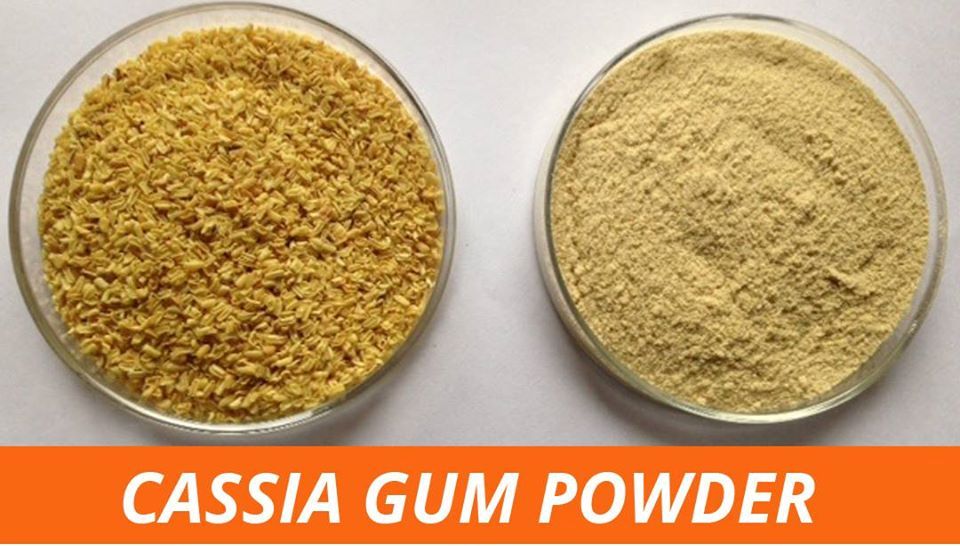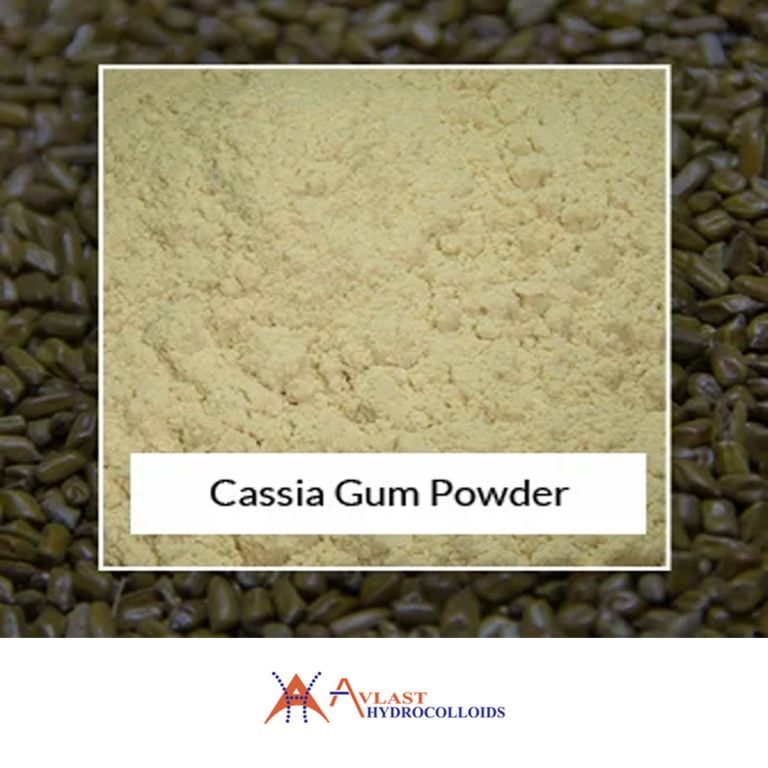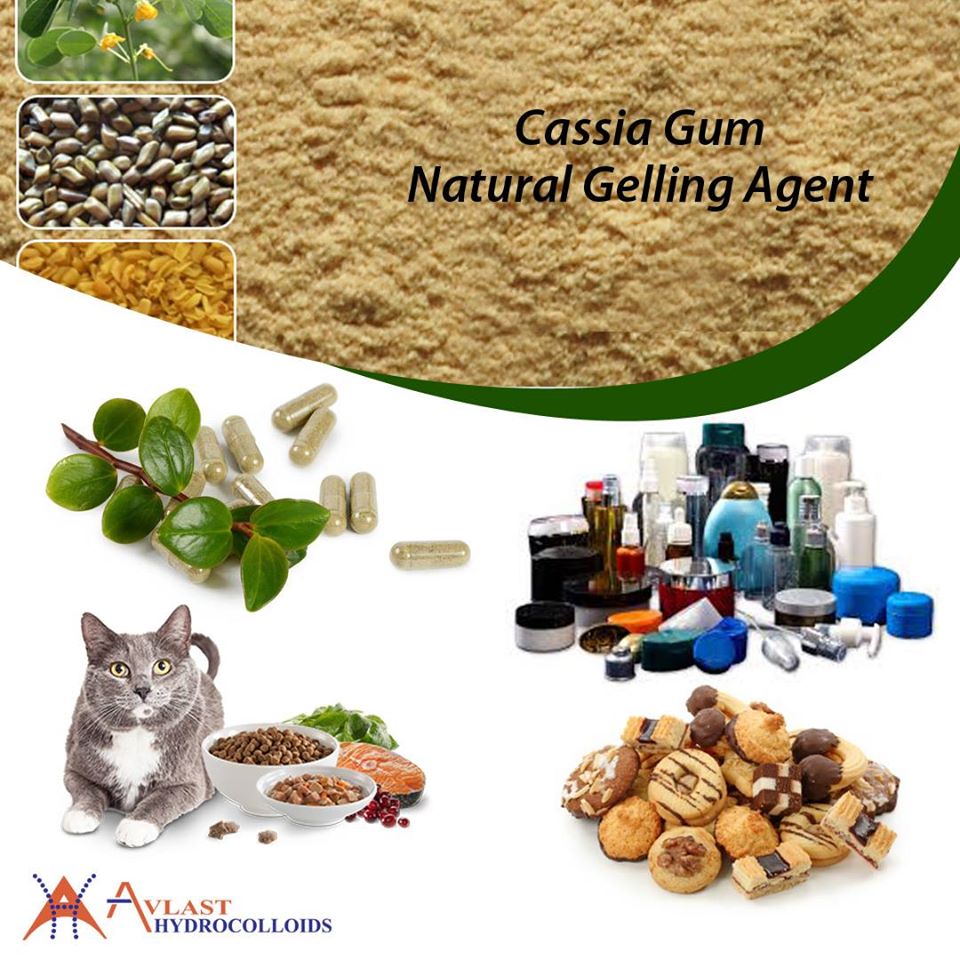Cassia Gum Powder Global Demand and Supply
Cassia Gum Powder is a natural ingredient that can be used in the manufacturing of textiles, paper, and chemical products. It is also a very useful product for animal feeds and as a food additive. As a result, the demand and supply of this product is growing rapidly.
Cassia Gum in Asia-Pacific
Cassia Gum is a common food additive. It is extracted from the endosperm of Senna obtusifolia seeds and is used as a gelling agent, emulsifier, foam stabilizer, and texture improver. The use of cassia gum in food products is increasing. In addition to food industry, cassia gum is also used in water-based paints, personal care products, ceramics, and more.
Cassia Gum Market is expected to witness substantial growth during the forecast period. Increasing demand for dietary supplements, functional foods, and healthy food items is projected to drive the market. Also, rising demand for organic food ingredients is anticipated to boost the market in the coming years.
Asia-Pacific is estimated to account for the largest share of the global cassia gum market. This is due to factors such as rising disposable income levels in the region. Additionally, demand for processed food is increasing in this region. Moreover, rapid industrialization in the region has also contributed to the market.
Europe is another significant regional segment for the market. This is mainly attributed to the growing number of consumers in the region. However, the market in this region is highly fragmented. Moreover, there are numerous substitute products available in the market. Therefore, it is difficult for producers to supply the products in the market.
Increasing consumer awareness about synthetic chemicals is also contributing to the market. Furthermore, rising health concerns are driving the market. A large number of studies are being conducted regularly on cassia gum. Moreover, several players are investing in the industry. Some of the common strategies utilized to boost the market include mergers, acquisitions, partnerships, and collaborations.
Several studies have been conducted on the benefits of using cassia gum in the food industry. In addition, increasing demand for low-fat food products is expected to boost the market.

European Market for Cassia Gum Powder
Cassia Gum Powder is a powdered food additive that is derived from the seeds of cassia obtusifolia. It is used in many foods and beverages as a thickening agent, emulsifier, foam stabilization, and texture improvement. In addition to its applications in food and beverage, it is also used in personal care products, cosmetics, and pharmaceuticals. The global market for cassia gum is expected to reach US$31.4 million by 2032.
The demand for food and beverage products is expected to increase in the Asia Pacific region, especially in China and India. This is due to the growing population and increasing disposable income. Additionally, convenience foods are increasing in popularity. These foods are easy to prepare, have long shelf lives, and are inexpensive.
As a result, the demand for bakery products is also rising in this region. Moreover, consumers are also opting for products with natural ingredients and organic food additives. Consumers are increasingly aware of the health benefits associated with organic and natural food ingredients. Consequently, the market is expected to grow at a high rate.
The global cassia gum powder market is segmented by geography. The Asia Pacific region is estimated to account for the largest share. However, Europe is projected to witness significant growth over the next eight years.
Several countries in Europe have approved the use of cassia gum in different applications. Some of the popular uses of cassia gum include in food, beverages, pharmaceuticals, cosmetics, and animal feed.

Cassia Gum Market in North America
Cassia gum is a gelling agent that helps improve the texture of food products. It is used in various industries, including pharmaceuticals and animal feed. The use of cassia gum has increased in the recent years. However, the global market is competitive and fragmented.
Cassia gum is made from the endosperm of Senna obtusifolia seeds. It is a plant-derived thickening agent and an emulsifier. It has superior viscosity and is considered as an effective substitute for gelatin jelly in dairy products.
It is a widely used emulsifier and gelling agent in the food industry. In addition, it is also used in animal feeding and skin care. Cassia Gum is expected to witness significant growth in the next few years.
Asia Pacific is projected to hold the largest share in the global market by the end of 2025. This is mainly due to the increase in meat consumption worldwide. Moreover, the coronavirus pandemic has led to an increase in the demand for aquaculture products. Furthermore, the demand for dairy products is also expected to rise.
Europe is the second largest consumer of cassia gum. The market has gained popularity in the region owing to rapid industrialization. Moreover, consumers in the region are health conscious. They are more likely to buy cassia gum powder for personal use.
Moreover, demand for convenience foods is also rising in the region. These products are easy to prepare and are affordable. Also, they have long shelf life.

Demand of Cassia Gum Powder in Southeast Asia
Cassia Gum is a natural thickener and emulsifier. It is derived from the endosperm of the seeds of Senna obtusifolia. The product is widely used in food & beverages, pharmaceuticals, and personal care industries.
Cassia Gum is a water-soluble polysaccharide containing galactose and mannose units. Due to its viscosity and water-solubility, it can be used in a variety of applications including thickening, emulsifying, and stabilizing.
The global market for cassia gum is largely driven by demand from various applications. Increasing consumption of dairy products and meat is anticipated to drive the market in the near future. Moreover, rising demand for organic food additives is expected to further propel the industry.
Asia Pacific is projected to be the largest region in terms of revenue in the global cassia gum market. It is also the largest market for the product in terms of volume. However, the market is dominated by the Southeast Asian countries.
Europe is another major region in the cassia gum market. In the European Union, the product is approved as a food additive. Therefore, it is used in foods such as cheese and yogurt. Moreover, it is a popular choice in ice milks.
The United States is a major consumer of cassia gum. The country is known for its health-conscious consumers. In addition, the country has a large food processing industry. Also, the use of organic food ingredients has risen due to growing concerns about health. Lastly, the use of functional foods is expected to contribute to the market growth.
Cassia Gum is in high demand in the pet food industry. Several wet canned pet food industries are using it. This helps them prolong the shelf life of the products.
In addition to being a great way to use up unwanted dyes, chemicals and other materials, enzymes are also a sustainable solution. They have been shown to be useful in all of the manufacturing steps in the textile chemical processing cycle.
Molecular biology offers opportunities to explore new forms of enzymes. It also enables them to be immobilized and stabilized, thus extending their useful life. Interestingly, immobilization has been shown to increase the efficiency of action in some cases.
In addition to enzymatic treatment, the textile industry has also been known to use physicochemical techniques to treat and recycle its waste. Membrane bioreactors are a great example. Not only are they more environmentally friendly, they are also cheaper and require less maintenance.

